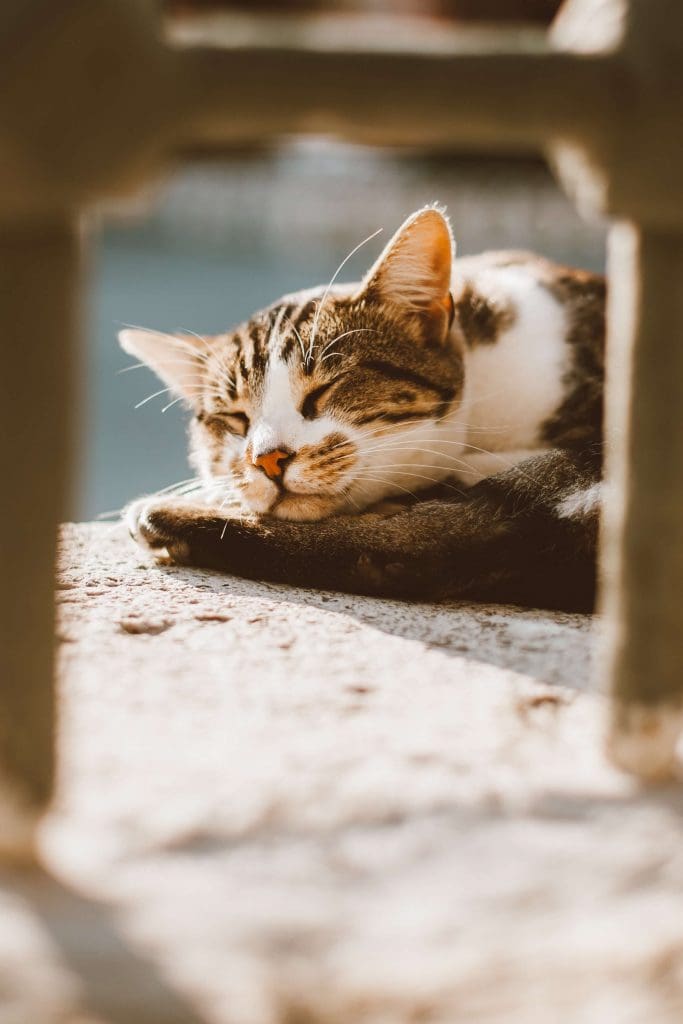You love your furbaby, but you’re probably a bit less crazy about furry clothing, carpet, and furniture.
Though some breeds of cats and dogs shed more than others, pet parents can expect at least some hair fall, especially during the spring and fall when temperatures begin to fluctuate. If you feel like your pet’s hair is following you everywhere, there are steps you can take to keep shedding in check.
 Which breeds shed the most?
Which breeds shed the most?Unless your pet is a hairless breed, some degree of shedding is inevitable. Both long and short-haired dogs and cats experience a hair growth cycle that ends in shedding, but longer, thicker hair can be more noticeable on clothes and furniture.
Cat breeds notorious for shedding include:
Similarly, dogs with long or water-repellent coats are likely to leave hair behind, like:
One of the best ways to minimize shedding is to remove detached hair on your own terms. Daily brushing can save your car seats and new black pants – especially when you choose the right tool for the job. Different brushes are better suited for different types of hair, and pets with an undercoat may require special attention.
Though cats are generally considered self-cleaning creatures, they can also benefit from regular brushing. Maintaining your cat’s coat not only keeps your house clean, it can reduce hairballs.
If possible, it’s best to incorporate the brush into your pet’s daily routine while they’re still young. With time and practice, most pets come to enjoy getting assistance with grooming from their humans.

A healthy coat starts with a healthy diet, but proper nutrition and hydration also play an important role in reducing shedding. Choose a quality pet food that offers a balance of vitamins and fatty acids to keep your furry friend’s skin and hair follicles healthy.
Don’t forget to keep an eye on the water bowl – dehydration can lead to excessive shedding. Cats can often be poor drinkers, so supplementing kibble with wet cat food is a great way to add water to their diet.
For pets, shedding can be a stress response. If there has been a recent change to your household makeup or living situation, you may notice increased hair fall while your pet adjusts.
If excessive shedding doesn’t resolve on its own or you notice other signs of anxiety, reach out to your vet. Addressing the underlying cause may be the key to curtailing the flying fur.
At the end of the day, making small lifestyle adjustments can go a long way toward managing your pet’s hair.
Slipcovers, lint rollers, and regular vacuuming will help keep your home clean and comfortable, especially during times of the year when shedding is normal and natural. With proper grooming, nutrition, and stress management, you can enjoy year-round snuggles while keeping pet hair contained.